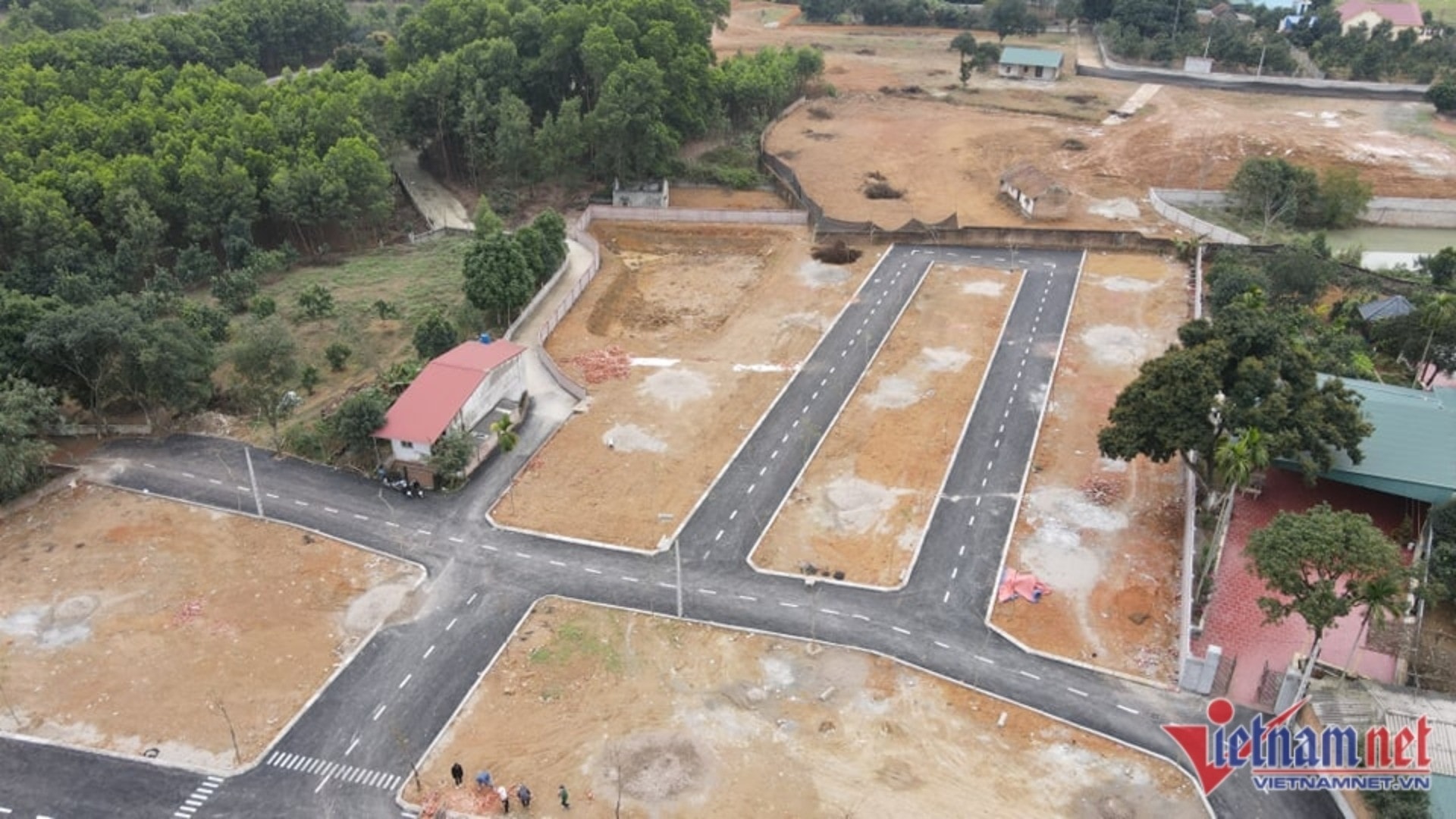Hanoi has proposed increasing the minimum area for land subdivision to 50 square meters instead of the current 30 square meters, which will help limit subdivision and disrupt planning. However, some opinions say that it should be considered because it could increase land prices.

Hanoi is seeking opinions on a draft regulation on conditions for land division and consolidation, and the minimum area and size allowed for division for each type of land.
Accordingly, if the land division does not form a new path, in wards and towns, the land plot must ensure a length of 4m or more, a width adjacent to the road of 4m or more, and an area outside the red line of no less than 50m2 - higher than the 30m2 level currently applied by the city.
In the plain communes, the minimum area is 80m2, in the midland communes, the minimum area is 100m2 and in the mountainous communes, the minimum area is 150m2.
According to the Hanoi Department of Natural Resources and Environment, the draft closely follows Article 220 of the 2024 Land Law, which regulates land division and land consolidation. In addition to complying with criteria on area and technical infrastructure, it is also necessary to carefully consider urban planning and living space.
Mr. Nguyen Van Dinh, a real estate legal expert, said that regulations to tighten the conditions for land division and increase the minimum area for land division in wards and towns will help develop sustainable urban areas and improve the quality of life of people, avoiding overloading the technical and social infrastructure systems. Create a mechanism to prevent the widespread land division and subdivision, disrupting urban planning in central areas.
Looking at the market, Mr. Minh Dong, director of a real estate floor in Tay Ho district, said that plots of land 30-40m2 wide always have good liquidity, transactions mainly come from buyers with real housing needs because they are affordable and can build many floors to increase the usable area.
According to Mr. Dong, the land of the people divided into plots is also a type of land. In fact, many plots of land of 90-150m2 that have been divided into many small plots by investors and sold on the market recently have been very "popular".
“However, when the minimum area for land division is increased, a 99m2 plot of land will not be eligible to be divided into 2 plots. Investors will have to buy large enough plots of land, and the investment capital will also have to be larger,” Mr. Dong analyzed.
According to a leader of a real estate company in Hanoi, the 2024 Land Law stipulates many conditions for land division, along with regulations tightening the subdivision and sale of land in special-class and class I, II, III urban areas from August 1, which may limit supply in the market, causing the price of existing subdivided and divided land to also be pushed higher.
In addition, it is noted that in the market, real estate prices in Hanoi have increased sharply and remained high recently. The proposal to increase the minimum land area in wards and towns can also create great pressure on people in need of housing and land, affecting the ability of many families to access housing.
Real estate experts believe that the new regulation needs to balance between ensuring the legitimate needs of people for land division and avoiding abuse, distortion, and disruption of urban planning. Therefore, the proposal to increase the minimum area for land division needs to carefully survey people's opinions, especially those in wards and towns in the city.
Necessary “technical barriers”
According to expert Nguyen Van Dinh, when evaluating a policy, it is necessary to look at it from many aspects, including legality and rationality.
“Regarding legality, the Hanoi People's Committee's issuance of regulations on conditions and minimum areas for land division and land consolidation is in accordance with the authority assigned in Article 220 of the 2024 Land Law,” said Mr. Dinh.
Analyzing the rationality, the expert said that Hanoi is building and implementing consistent policies to minimize the increase in mechanical population, especially in the inner city area, to ensure the quality of life and maintain the cultural and historical values of the capital.
“Previously, the City People's Council issued Resolution No. 10/2023 on the minimum housing area for permanent residence registration. In the case of renting, borrowing, or staying with someone else, the housing area must reach a minimum of 15m2/floor/person in the inner city area, and 8m2/floor/person in the suburbs.
Raising the minimum area for land subdivision also has a similar meaning, helping to limit population explosion. If the population is not controlled, it will lead to infrastructure overload. The city's setting of "technical barriers" to control population growth is necessary and within its authority," Mr. Dinh said.
HQ (according to Vietnamnet)